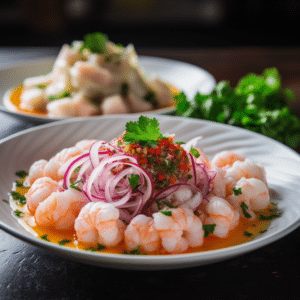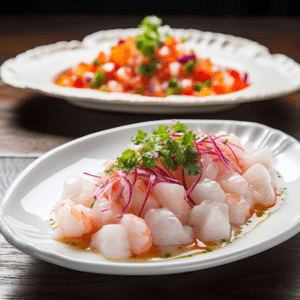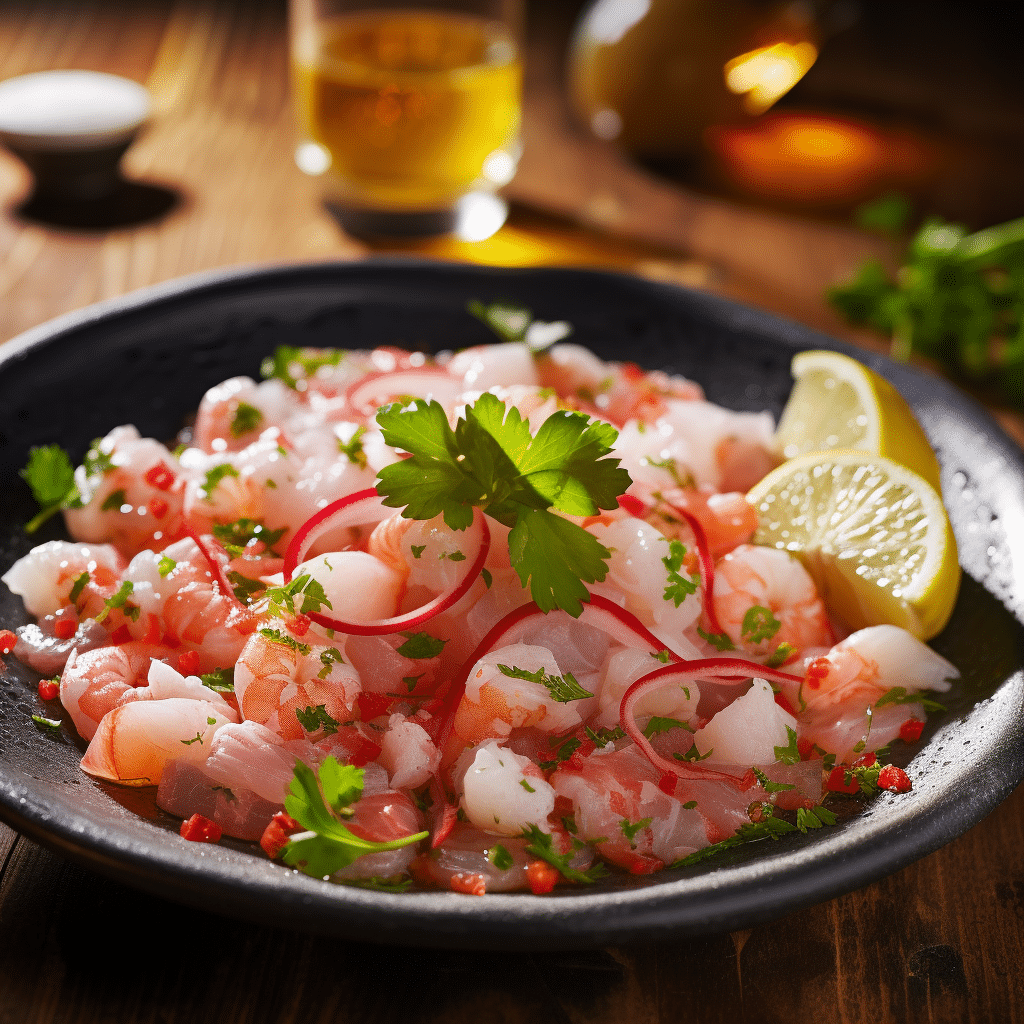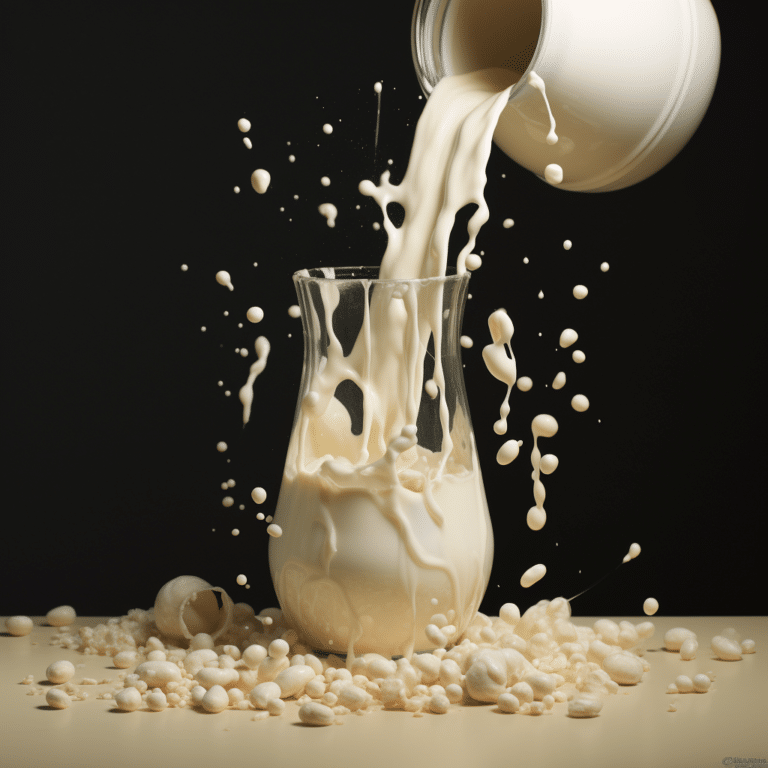Crudo vs Ceviche: Raw Fish Delicacies Compared
There are Crudo vs Ceviche: numerous fish types and many different ways of preparing them. Fish can be boiled, fried, grilled, baked, or eaten raw. I know food specialists will say eating raw fish is not recommended, but that’s just technically raw. The raw we are discussing here is fish prepared using other ways than heat.
Raw fish is a delicacy in many cuisines around the world. The famous sushi and sashimi are just a few examples. Crudo is an Italian raw fish dish prepared with spices and olive oil, while ceviche is a South American raw fish dish cooked in spicy citrus juice. The two are similar in that they involve raw meat but have their differences. Here’s a closer look at Crudo vs. ceviche.

Crudo vs. Ceviche: Overview
Crudo means raw in Italian and Spanish, and it entails any dish of uncooked stuff like meat, fish, and shellfish, although it’s mainly used to refer to uncooked seafood. The raw seafood has a translucent pink color and is dressed in olive oil and a specific type of seasonings like salt and spices.
Like crude, ceviche also involves a raw seafood dish. However, the difference is that in ceviche, the seafood is cured using lemon or lime juice. This curing, or marinating fish in acid, makes the fish in ceviche appear as if it’s cooked, although there’s no heat involved in the preparation. The lemon/lime juice used in the curing process causes the seafood to have a firmer texture and an opaque white color.
About Crudo
As mentioned, Crudo is a Spanish or Italian term meaning raw. The term can refer to different dishes prepared using raw seafood or meat. Besides the raw meat or seafood, preparing Crudo entails other various ingredients. The seafood and meats are seasoned with specific spices and dressed in condiments like extra virgin olive oil.
Crudo comes in different kinds, depending on the type of dressing used and the variety of fish and meats involved. The uncooked fish or meat is minced, thinly sliced, or diced when making Crudo. This is followed by dressing the flesh with a sauce, olive oil, or vinaigrette. Crudo can also be dressed using lime and lemon juice. But, using a less lime/lemon concentration than ceviche.
What Is Pesce Crudo
The word pesce means fish, so pesce Crudo refers to uncooked fish. This is a type of Crudo prepared from raw fish. You can find pesce Crudo in restaurants where it’s often served as an appetizer.
Pesce Crudo dish comprises thinly sliced uncooked fish seasoned with salt. This dish is dressed in olive oil and lemon to give it a nice flavor and is often served with bread. Salmon, swordfish, tuna, and kingfisher are common fish used to make pesce Crudo.
About Ceviche
Although this dish is very popular in many places, it originated in Peru. Ceviche comes in different types, with regional variations existing among Latin American countries.
This dish is prepared with fish and other seafood cured with lime or lemon juice. The raw seafood is marinated in lemon or lime juice for a while, letting the acidity in the juices act on the fish. The fish acquire an opaque white color from its natural translucent hue. The marination process also causes the fish to have a firmer texture and a nice flavor.
Ceviche involves different types of fish, and sometimes other seafood like shrimp is used. The uncooked seafood is diced into cubes before marinating in lemon/lime juice. Ceviche is then seasoned with salt, herbs, and spices like chili peppers.
Once ready, the dish may be garnished with celery, onions, cilantro, or parsley. Ceviche can be eaten any time of the day, as a light meal or appetizer, and served as it is or alongside other dishes like potatoes.
Difference Between Crudo And Ceviche
Although both Crudo and ceviche entail the use of raw seafood, the two have striking differences. They include:
Origin
Crudo originated from Italy, where it’s popular and loved by many. On the other hand, ceviche originated from Peru and is well known in Latin and South American countries.
Appearance
Let’s start with the color. Preparing Crudo doesn’t entail using acids, which change the color of the seafood. And even if some recipes call for acidity, it’s usually far less concentrated than the one used in ceviche. Thus, the seafood retains its color when raw, making Crudo have a translucent pink color.
For ceviche, this one is cured in strong acids, almost eight times more than the one used in Crudo. The acid technically cooks the seafood, giving it an opaque white color.
Regarding texture, Crudo is raw seafood with a softer texture, while ceviche is cured seafood with a firmer texture.
Taste
The cooking processes impact the flavor of the dish. Crudo has a bland taste with a mild flavor. As for ceviche, the marination process, which takes a while, results in more flavor and aroma. This seafood dish tastes like steamed seafood with a tang, sour, and savory flavor.

Type Of Ingredients Used
Crudo can be prepared using meats or different types of fish. The dish doesn’t solely incorporate seafood like ceviche.
Cooking ceviche calls for fish and other types of seafood, not meats. This dish involves different kinds of fish; sometimes, other seafood like shrimps, crabs, or shellfish are added.
Marination Process
Crudo is prepared without marinating the seafood or meat, resulting in a technically raw dish.
On the other hand, ceviche preparation involves marinating the fish and other seafood in lime and lemon juice. This process cures the meat, changing its color to opaque white, giving it a firmer texture. The seafood is also allowed to sit in the marinades for some time, absorbing the contents of the marinade. This results in improved taste and aroma.
Conclusion
Crudo vs Ceviche: Raw seafood is a delicacy in various cuisines globally. If you haven’t tried any and would like to get your hands on uncooked seafood, imagine eating raw meat. Does the idea thrill or terrify you? If the concept seems interesting, go for Crudo, as it’s practically raw seafood. However, if the idea of raw meat scares you, choose ceviche, as it’s technically cooked, thanks to the curing process.






